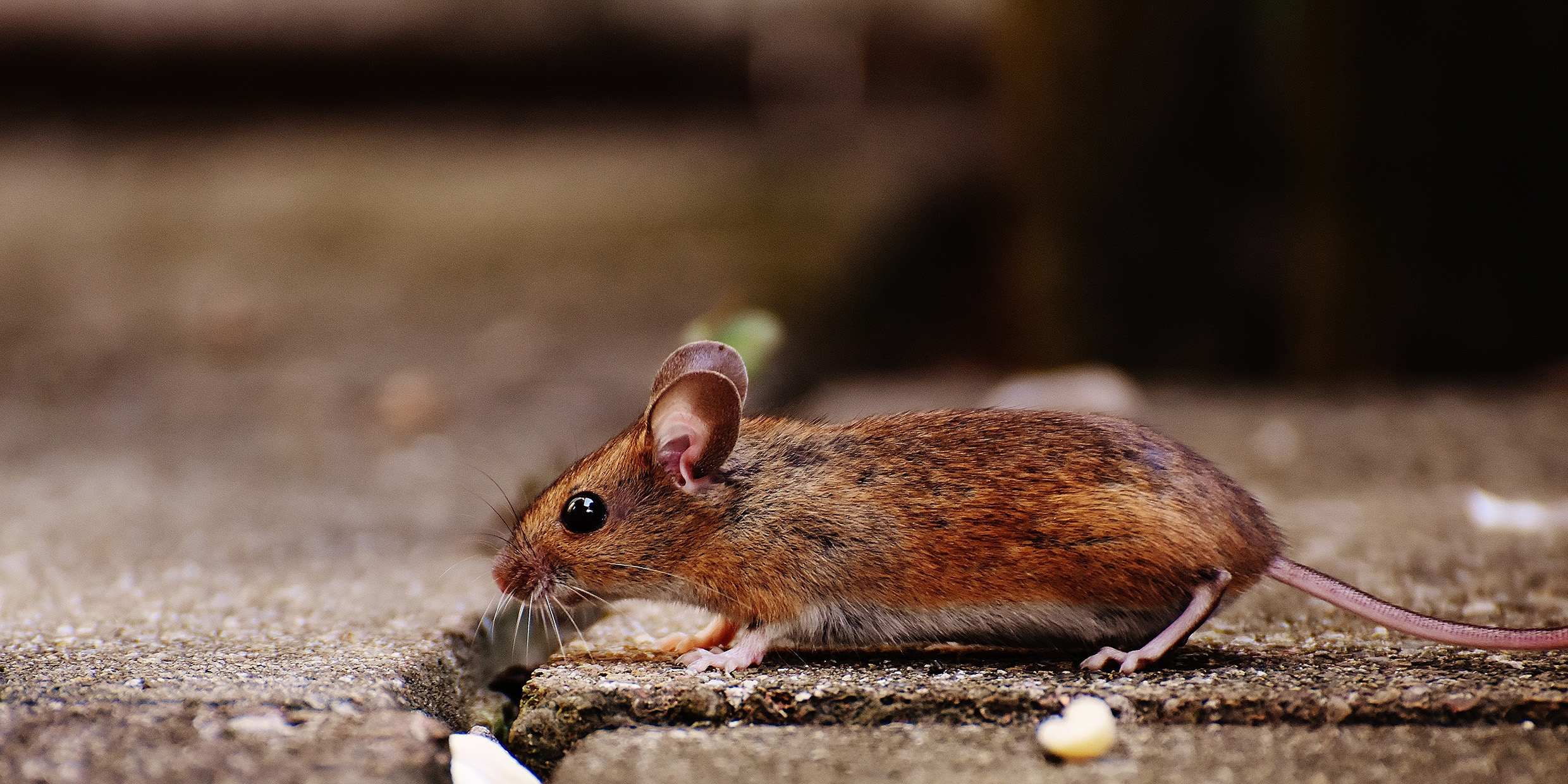Originally published 21 October 2003
I’m not feeling very friendly toward rodents right now. I have mice in the pantry and squirrels in the attic.
The mice are taking advantage of my kindly nature. Do they know that I set the traps reluctantly, not wishing to see their adorable Mickey Mouse eyes looking up accusingly from beneath the sprung bar? “I may be dead,” they seem to say, “but you are the murderer. I merely stole some cracker crumbs.”
The squirrels are a bigger problem. I killed a squirrel once, when I was 12 years old, with my uncle’s “borrowed” .22, and vowed I would never do it again. So now I’m risking life and limb on a tall ladder trying to secure their means of ingress to the attic. I wish I had their head for heights.
I’m guessing that you aren’t particularly fond of rodents, either. Rats give the whole order of rodents a bad name. Not even the chirpy cuteness of chipmunks can erase the memory of the Black Death, a disease that was carried by rats.
Still, rats and all, the rodents are a successful clan. They are the largest single group of mammals, about 1,500 species altogether, including mice, rats, squirrels, chipmunks, hamsters, guinea pigs, beavers, muskrats, porcupines, and prairie dogs. They live on every continent except Antarctica.
It’s not a particularly useful bunch of animals, from a human point of view, which no doubt suits the rodents fine. A few rodents make adequate pets, if you don’t mind hearing the squeak of hamster wheels all night long. I’ve heard that rodents are used for food in certain parts of the world, but muskrat steaks don’t strike me as particularly yummy.
Chinchillas are rodents, so the folks who wear furs have something to like. And it would be remiss of me not to mention the millions of mice and rats that have lived and died in the service of science as experimental animals.
Of course, other creatures did not evolve for our benefit; after all, humans are pretty much latecomers on the scene. We are probably more useful to rodents than they are to us. Consider how gleefully squirrels have adapted to our backyard bird feeders, and mice to our kitchens. Human homes and gardens are a rodent’s idea of paradise — warm shelter, food aplenty — and just try to keep them out.
What distinguishes rodents from other mammals is a single pair of incisors in each jaw, nifty gnawers beautifully adapted for chewing through the fascia boards of houses, say, or cracker boxes in the pantry. These teeth are heavily enameled on the front but not on the back, which means they stay chisel-sharp as they wear down. And they never stop growing.
The biggest living rodent is the semi-aquatic capybara of South America, which is about the size of a sheep and looks rather like a small, furry hippo. And now comes word that we missed the biggest rodent of all — by about 8 million years.
Paleontologists recently found in Venezuela the fossil remains of an extinct rodent, called Phoberomys, that was the size of a buffalo and resembled a giant guinea pig. It has been whimsically dubbed Guineazilla by its discoverers.
Why did it go extinct? Maybe big, slow-moving rodents were easy prey for bigger, faster animals, say some paleontologists, which begs the question of why big, slow-moving rodents evolved in the first place.
Phoberomys balanced on its tail when standing on its hind legs, and could pretty much have looked you in the eye. Imagine a herd of these mammoth, buck-toothed chewing machines descending on your garden. Be grateful you only have white-tailed deer and rabbits to contend with.
And, by the way, speaking of buck teeth, rabbits aren’t rodents. They belong to an order called Lagomorpha that may or may not be closely related to the Rodentia. Rabbits, hares, and pikas — the Lagomorphs — have an extra pair of gnawing teeth in the upper jaw. If rabbits could climb trees and run telephone wires, I suppose I’d have them in my attic, too.



